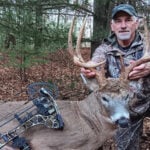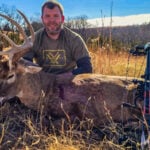With leaves rustling down the trail, a bit of anxiety crept in. It was late October, and any movement this time of year could be a buck worthy of an arrow. Just as I readied my bow, a sharp noise cut through the sound of encroaching footsteps. It was a racket I’d only ever heard come from my own mouth: a snort-wheeze.
Shortly thereafter, a young buck came running down the trail with a bigger buck in tow. The buck in the back was vocal the whole way, grunting at the youngin’ who wanted nothing to do with his superior. The whole scene lasted just a couple seconds, but it was one I’ll never forget.
What I’ll remember best was how the excitement started. I’ve heard every other deer vocalization in the woods, but never a snort-wheeze.
Most believe that snort-wheezes are only used by dominant bucks, which could be an explanation for why they’re so rarely witnessed. Is that the case, though?
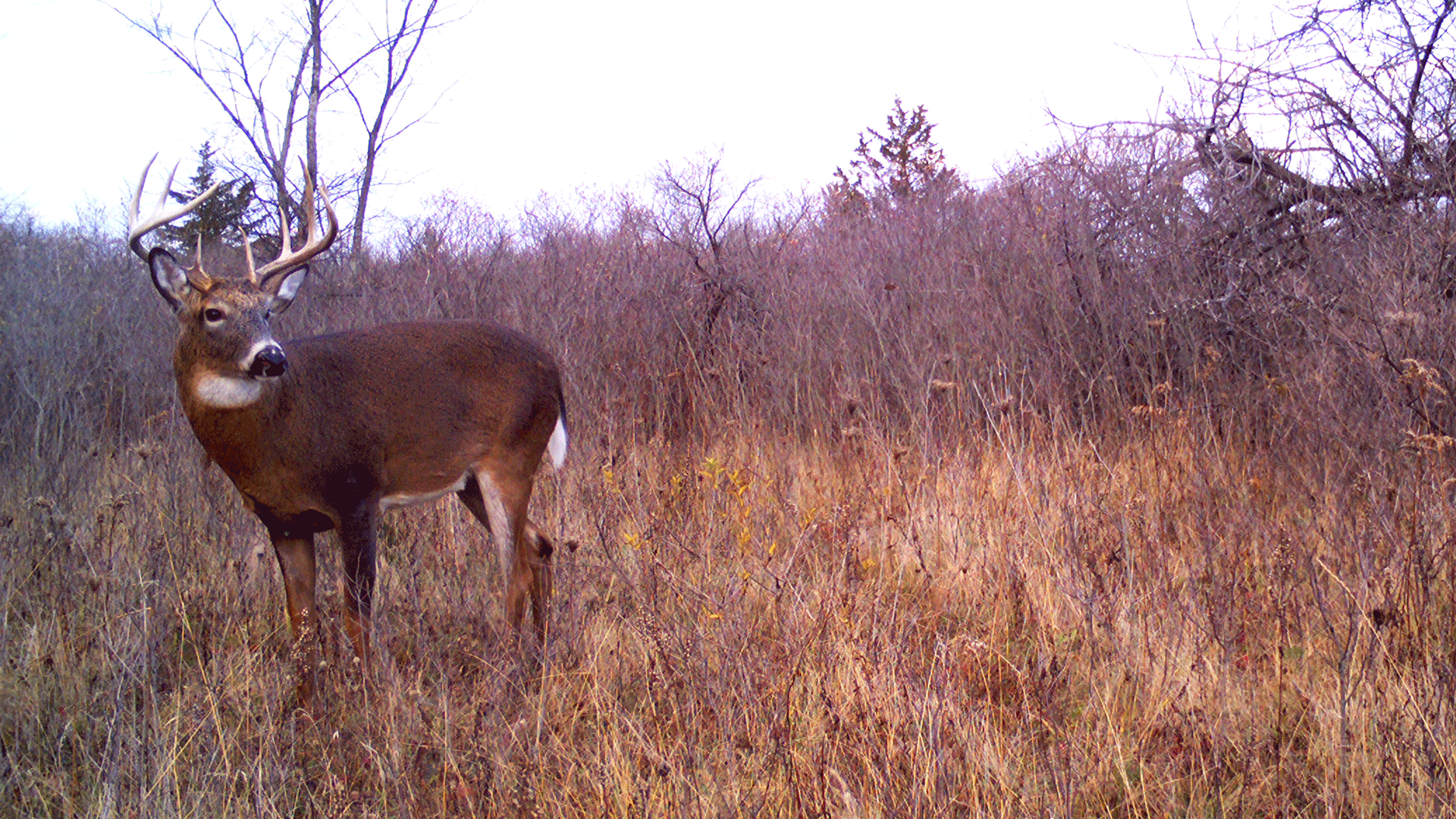
Most hunters have likely never heard the snort-wheeze sound.
Hunters on Snort-Wheezes
I reached out to Troy Spolum and Neal McCullough of Bowhunt or Die to see what role they think snort-wheezes play in deer communication. Both have similar feelings on the call.
“I believe the snort wheeze is a dominant and territorial vocalization, so naturally it’s used by mature bucks,” Troy said.
“I’ve had very few encounters with whitetails actually snort-wheezing, but in my experience, it’s a behavior of dominant bucks, and not something younger deer do,” agreed Neal.
As for using snort-wheezes while hunting, Troy and Neal like the perspective of calling in loner bucks in thick cover. It’s a technique that’s proven successful, too.
“I’ve killed two bucks with a grunt, can call, and snort-wheeze combination,” said Neal. “Both hunts were in thick, hilly country where uncertainty of where the call came from drew the buck in.”
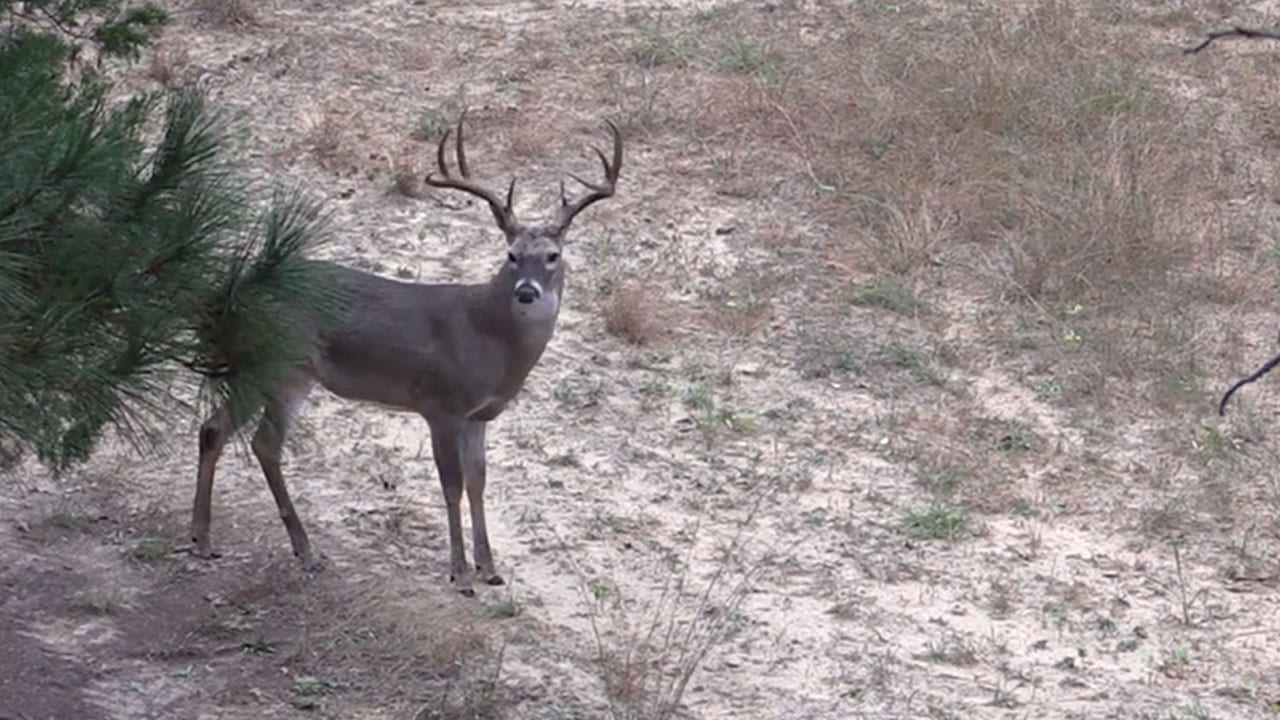
What is a buck saying when he makes the snort-wheeze sound?
Science on Snort-Wheezes
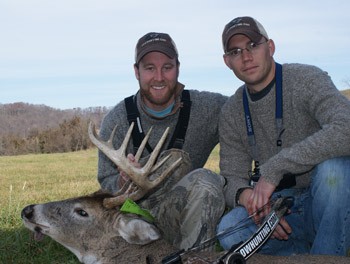
Neal McCullough (left) has successfully used the snort-wheeze sound to kill several bucks over the years.
Little in the form of scientific literature exists on the specifics of whitetails and snort-wheezes. One published study from the Journal of Mammalogy in 1983 covers whitetail acoustics in-depth, though, as one of the few authorities on the subject.
In that study, researchers made tape recordings of 40 penned deer over the span of 13 months. Within that time frame, they recorded and observed 444 vocalizations that fell into eight different categories, including snort-wheezes.
“The unvoiced components of the snort-wheeze consist of one to three snorts made in quick succession, followed by a wheeze – a sibilant expulsion of air through closed vibrating nostrils.”
The biologists noted both sexes used snort-wheezes, although females did far less often. They also described typical behavior that often followed, like nose-licking, circling, lunging, and flailing, describing the action as used in “dominant-subordinate situations.”
“The snort-wheeze is often emitted by a male in the presence of a person or another male deer that poses a threat. Noticeably aggressive males could be provoked into lunging and giving the aggressive snort.”
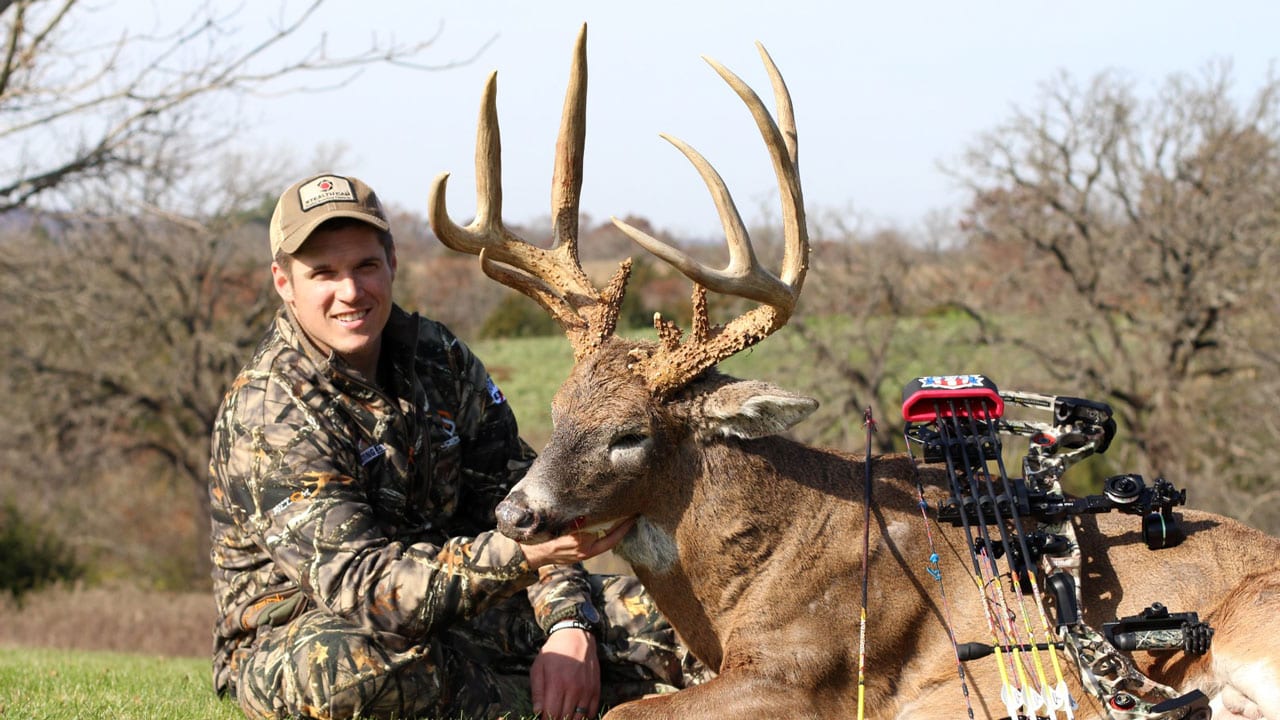
Is the snort-wheeze a sound any buck will make or does it typically come from the boss buck on the farm?
Verdict: Mostly Fact
Although the journal article doesn’t have any statistics on whether or not it was strictly dominant bucks using snort-wheezes, it does provide other clues that can help deduce that. Since it’s a vocalization that’s used in hierarchy situations as a way to challenge other deer, it’s more often than not going to come from a buck that’s confident in its rank.
As hunters, this is noteworthy, and shows why we see the wide range of responses from deer, from running away to accepting the challenge. It seems like bigger bucks would be more likely to issue the call, as well as respond to it.




